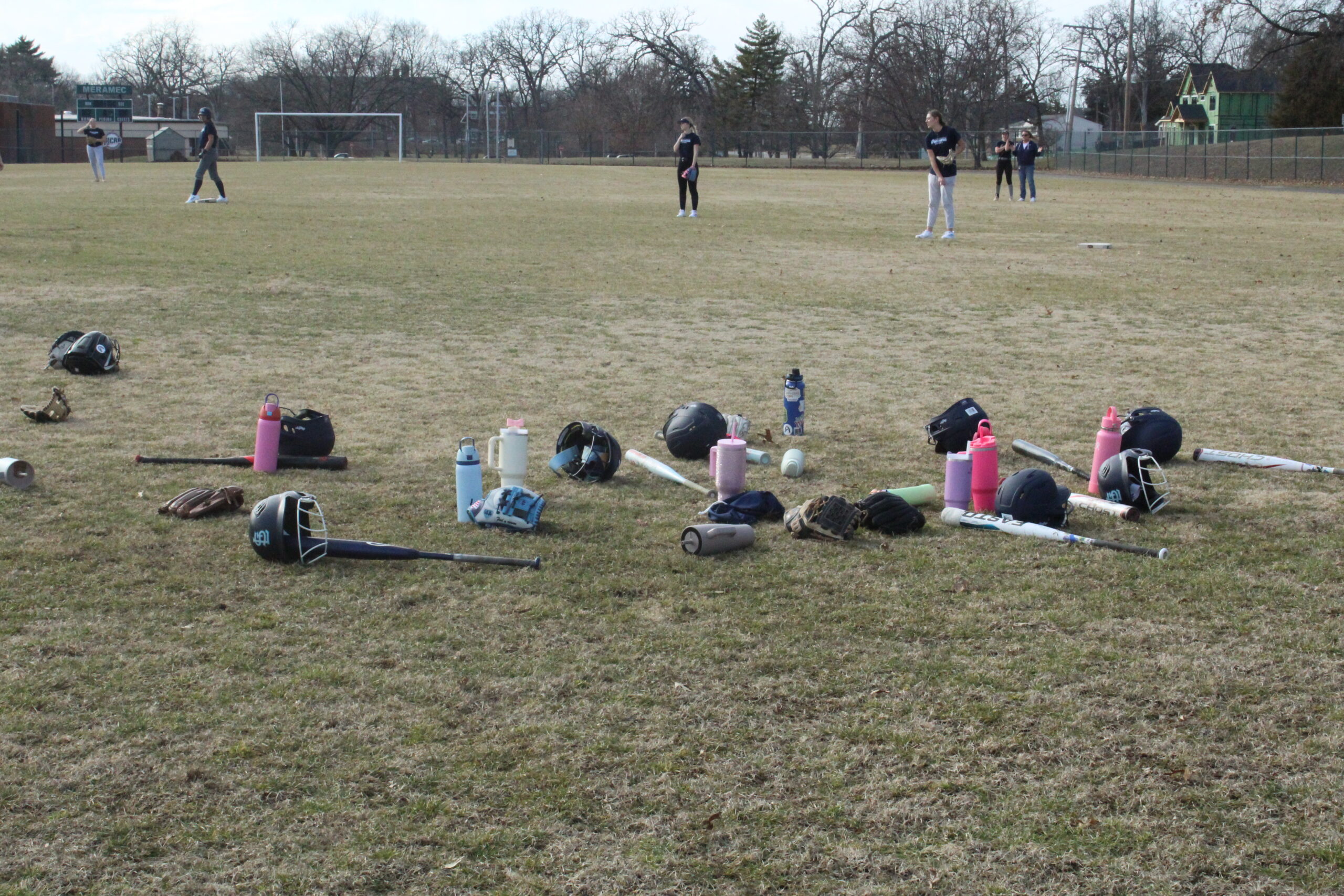The most important meal of the day
Melanie Tilton
– Photo Editor –
A steaming cup of fresh-brewed coffee wafts its sweet aroma to the senses. A stack of buttermilk pancakes drips real maple syrup and creamy whipped butter down the sides. A glass of freshly squeezed Florida Orange Juice finishes the delectable feast.
Drooling yet?
Breakfast, the most important meal of the day, is slowly fading from the table.
In a student’s fast-paced world, between racing to class and getting to work, little time is left to grab anything more than a Pop Tart to silence rumbling tummies. Perhaps even a quick drive through Starbucks for an eye opening double-shot vanilla latte.
That’s enough, right? All the body needs to drag through the day is a little sugar and caffeine, true? False.
BREAKFAST NO NOS
Sugars are simple carbohydrates, and while the energy felt is immediate, it’s not long lasting. And those pretty peepers want more than caffeine.
What about skipping breakfast? Eating fewer calories should mean there will be weight loss. Right? Sorry, that’s a myth too.
At night, a body’s metabolism slows down to slowly digest the evening meal. Metabolism won’t speed up again until food is eaten.
At the University of Minnesota School of Public Health, researchers found evidence that young people who ate breakfast on a regular basis were less likely to become obese when compared with those who skipped breakfast.
Their results showed that five years later those who had eaten breakfast regularly tended to gain less weight and have a lower Body Mass Index (BMI).
When breakfast is missed it’s easy to feel sluggish and unproductive because your body is running slower. By skipping breakfast it is easier to munch on high-calorie junk food and overeat at lunch.
SWEET SATISFACTION
Let’s say hello to our friend, breakfast, once more.
If there is time in your schedule, eat a breakfast as big and as healthy as possible.
A team from the Virginian Commonwealth University found when a big breakfast was eaten, and thus a significant percent of daily caloric intake was consumed during breakfast, the participants felt less hungry during the day and had fewer cravings.
So what does a good breakfast look like?
According to www.kidshealth.org, there are three nutrients which should be incorporated into the morning meal; carbohydrates (preferably complex), protein, and fiber.
Find complex carbs in whole-grain cereals and breads, muffins, fruits and vegetables.
Proteins reside in many dairy products, lean meats, eggs and nuts (including nut butters). And fiber can be found in whole-grains, bran, fruits and vegetable.
So give an extra 15 minutes to your morning routine. Cook up some oatmeal and add almonds, blueberries and honey to taste.
The nuts give a healthy dose of fats and protein and the berries are a great antioxidant. Instant oatmeal is an almost-as-healthy when running a little late.
Should a sweet tooth take over the thinking cap, indulge with a fresh fruit salad. Apples, pears, bananas, grapes, melons, berries, oranges, kiwis, the list could go on. Berries or cut up fruit is also great with a bowl of yogurt and granola to give it a crunch.
Eggs are a great source of protein. Try including vegetables like bell peppers, broccoli, onions, mushrooms and different spices to add variety and a little flavor.
Breakfast can be healthy, easy, and tasty too. So go on, let breakfast come back to the table.










